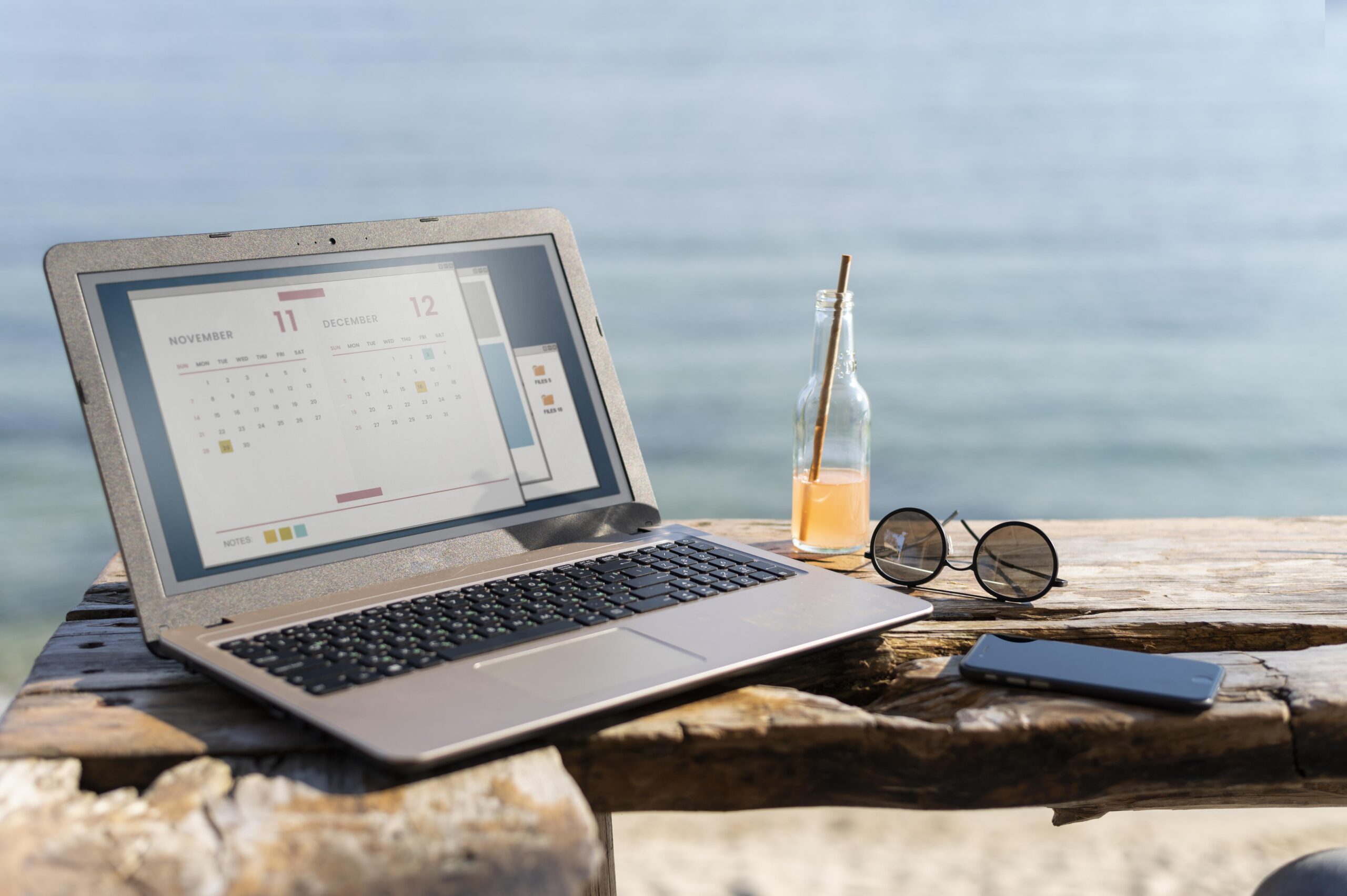How Vacation Mode Credit Blocks Can Protect Your Finances While You Travel
Discover how Vacation Mode Credit Blocks can help protect your finances, prevent fraud, and offer peace of mind while you're away.
Travel worry-free—your credit can rest, too.
When planning a vacation, you likely focus on packing, booking flights, and securing accommodations. But have you ever thought about putting your credit on vacation, too?
With fraud on the rise and digital transactions increasing, Vacation Mode Credit Blocks have emerged as a smart tool for travelers. They offer protection and control, ensuring your financial security even while you’re relaxing on a beach or hiking through a national park.
These temporary blocks are designed to give your accounts a layer of insulation while you’re out of town—making sure you return home with memories, not money problems.

What Is a Vacation Mode Credit Block?
A Vacation Mode Credit Block is a temporary lock on your credit file or credit card activity, activated when you’re away from home. It prevents unauthorized access to your credit or suspicious purchases from being approved.
Think of it like a digital “Do Not Disturb” sign for your financial profile.
You’re not closing your credit or canceling cards—just pausing access or transactions for added protection.
Why Use One?
Vacations are prime time for fraudsters. Your spending habits change, you’re often in unfamiliar places, and you may not check your accounts as frequently.
By using a credit block, you reduce your exposure to:
- New account fraud
- Unauthorized purchases
- Identity theft
It’s a proactive step to keep your finances secure without having to micromanage your accounts while away.
Different Types of Vacation Blocks
There are generally two types of vacation-related credit blocks:
- Credit File Freezes
You can freeze your credit report at the major bureaus (Experian, Equifax, and TransUnion). This stops lenders from accessing your report, making it nearly impossible for anyone to open a new line of credit in your name.
- Card-Level Vacation Blocks
Many credit card issuers now offer the option to lock your card temporarily. This prevents new purchases, cash advances, or balance transfers but still allows recurring charges to go through.
Both methods can be reversed at any time—making them ideal for travel use.
When Should You Activate It?
The best time to turn on a vacation mode credit block is one to two days before your trip. This gives you time to:
- Make any final purchases
- Notify recurring merchants if needed
- Review your current balances
If your vacation is spontaneous, don’t worry—you can activate most blocks instantly through apps or online accounts.
What About Recurring Charges?
Most credit card vacation blocks allow scheduled payments like subscriptions, rent, or utility bills to continue without interruption.
That means you can keep your Netflix running or your cell phone plan active while everything else is on pause.
Still, it’s good practice to double-check with your issuer to avoid surprises.
How to Set It Up
The setup process is typically simple:
- For credit freezes, visit each credit bureau’s site and follow their secure verification process.
- For card-level blocks, log in to your bank or credit card app and look for the “Lock Card” or “Travel Settings” feature.
Most systems let you lift the block in seconds if needed.
Benefits Beyond Vacation
Though designed for travel, these credit blocks offer value in other situations, too:
- During relocation or extended hospital stays
- While monitoring potential identity theft
- When pausing credit usage to reset budgeting goals
They’re also a smart choice for digital minimalists who want tighter control over when and how their credit is used.
Final Thoughts
Travel should be about freedom, relaxation, and exploration—not financial stress. Vacation Mode Credit Blocks are a simple yet powerful tool to keep your credit safe while you enjoy the world.
They don’t require much time to set up, and they offer priceless peace of mind.
So before you board your next flight, take a moment to secure your financial profile. It might just be the smartest part of your entire trip.





